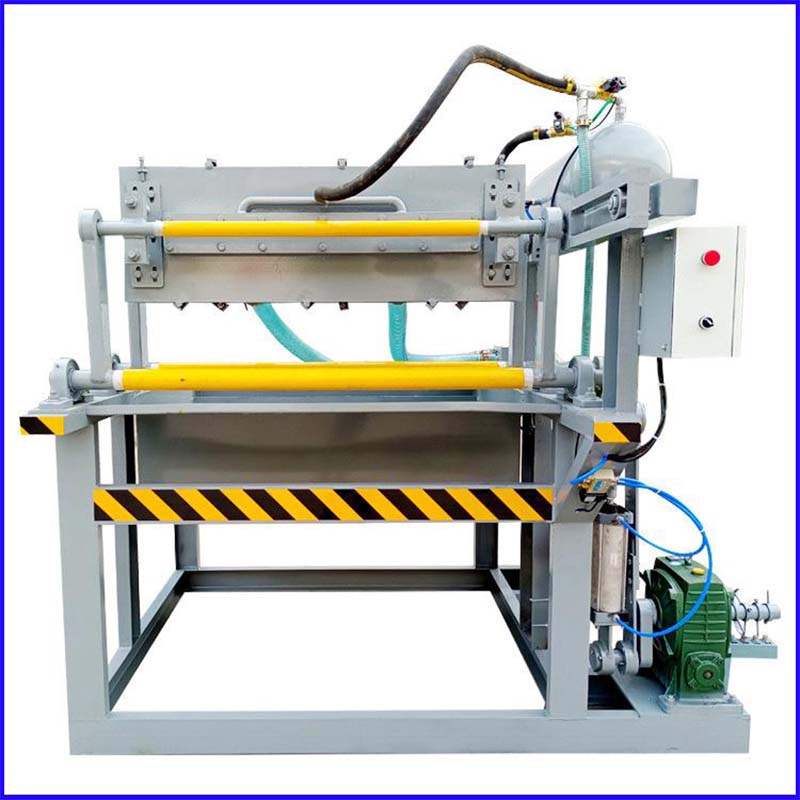Automated Swine Feeding Solutions for Enhanced Efficiency and Productivity in Livestock Management
វិច្ឆិកា . 29, 2024 15:21 Back to list
Automated Swine Feeding Solutions for Enhanced Efficiency and Productivity in Livestock Management
The Evolution and Benefits of Automatic Pig Feeding Systems
In the modern agricultural landscape, the pursuit of efficiency and productivity has led to the development of innovative technologies. One such advancement is the automatic pig feeding system, which has revolutionized the way pig farming operates. This technology not only streamlines the feeding process but also significantly enhances the overall management of livestock.
The Importance of Efficient Feeding
Pigs are known for their rapid growth rates and high feed conversion efficiency, making them a significant source of meat globally. However, traditional feeding methods can be labor-intensive and time-consuming. Farmers often struggle with the challenges of ensuring that each animal receives the right amount of feed at the appropriate times. This challenge can lead to inconsistencies in growth rates, increased labor costs, and, ultimately, reduced profitability.
Automatic pig feeding systems address these issues by providing a more systematic and automated approach to feeding. Such systems are designed to deliver precise amounts of feed to each pig based on factors like age, weight, and nutritional needs. This precision not only promotes healthier growth but also reduces feed waste, contributing to better overall feed efficiency.
How Automatic Pig Feeding Systems Work
Typically, an automatic pig feeding system consists of several components designed to work in harmony. These systems include feed dispensers, sensors, and computer software that monitors and controls feeding schedules. The feed dispensers can be either central, leading to multiple feeding stations, or individual units that cater to specific pens.
Sensors play a crucial role in these systems, as they can detect the presence of pigs at feeding stations. Once a pig arrives, the system automatically dispenses the predetermined amount of feed. This technology eliminates the guesswork involved in traditional feeding methods, ensuring that each pig receives its required nutrition without excess.
Moreover, modern feeding systems often include nutritional analysis capabilities, allowing farmers to adjust the feed composition based on the pigs' growth stages and health conditions. This adaptability is crucial in a rapidly changing agricultural environment, where specific dietary requirements may vary.
automatic pig feeding system

Benefits of Automatic Feeding Systems
1. Labor Savings One of the most significant advantages of automatic pig feeding systems is the reduction in labor costs. With automated systems in place, farmers can reallocate their time and resources to other essential tasks on the farm, enhancing overall productivity.
2. Improved Feed Management These systems monitor feed consumption in real time, allowing farmers to make informed decisions about feed inventory and reduce waste. This is crucial in maintaining a cost-effective operation.
3. Enhanced Animal Health By delivering precise amounts of feed tailored to each pig's needs, the system can help mitigate health issues related to underfeeding or overfeeding. This not only promotes better growth rates but also improves animal welfare.
4. Data-Driven Decisions With integrated software, farmers can collect and analyze data related to feeding patterns and animal performance. This data can inform future management decisions, enabling more strategic approaches to breeding, nutrition, and overall farm operations.
5. Environmental Benefits Reducing feed waste contributes to less environmental impact. Efficient feeding practices can decrease the ecological footprint of pig farming, which is increasingly important in today's sustainability-focused market.
Conclusion
In conclusion, automatic pig feeding systems are more than just a technological advancement; they represent a significant step towards more humane and efficient agricultural practices. By ensuring that pigs receive the right amount of nutrition with minimal waste, these systems help farmers optimize their operations while promoting animal health and welfare. As technology continues to evolve, the adoption of automatic feeding systems is likely to become increasingly commonplace, setting a new standard for the future of pig farming. Embracing this change will be crucial for farmers aiming to thrive in a competitive and ever-changing industry.
-
High Performance Exhaust Fan – Efficient Ventilation Solutions for Home
NewsJun.10,2025
-
High-Quality Gestation Pen for Sows Durable Mobile Pig Pen & Simple Pig Pen Solutions
NewsJun.10,2025
-
High Quality Rabbit Cage Double Tier Designs & Welded Wire Mesh Supplier
NewsJun.10,2025
-
Floating Fish Feed Machine - High Efficiency Floating Fish Feed Extruder for Small Scale Production
NewsJun.10,2025
-
Premium Poultry Housing Solutions Mobile & Commercial Free Range Options
NewsJun.10,2025
-
Industrial FRP Fans Corrosion-Resistant Blades & Centrifugal Systems
NewsJun.09,2025






